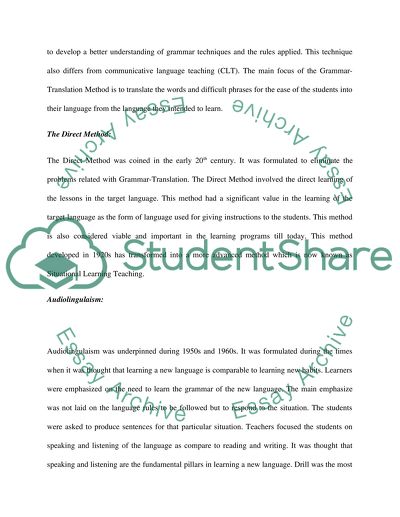Cite this document
(“Approaches and methods in language teaching Assignment”, n.d.)
Retrieved de https://studentshare.org/english/1402330-approaches-and-methods-in-language-teaching
Retrieved de https://studentshare.org/english/1402330-approaches-and-methods-in-language-teaching
(Approaches and Methods in Language Teaching Assignment)
https://studentshare.org/english/1402330-approaches-and-methods-in-language-teaching.
https://studentshare.org/english/1402330-approaches-and-methods-in-language-teaching.
“Approaches and Methods in Language Teaching Assignment”, n.d. https://studentshare.org/english/1402330-approaches-and-methods-in-language-teaching.


